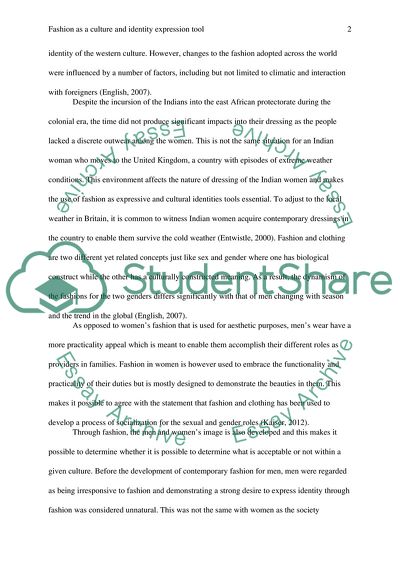Cite this document
(“Fashion as a Culture and Identity Expression Tool Essay”, n.d.)
Retrieved from https://studentshare.org/visual-arts-film-studies/1633110-fashion-as-a-culture-and-identity-expression-tool
Retrieved from https://studentshare.org/visual-arts-film-studies/1633110-fashion-as-a-culture-and-identity-expression-tool
(Fashion As a Culture and Identity Expression Tool Essay)
https://studentshare.org/visual-arts-film-studies/1633110-fashion-as-a-culture-and-identity-expression-tool.
https://studentshare.org/visual-arts-film-studies/1633110-fashion-as-a-culture-and-identity-expression-tool.
“Fashion As a Culture and Identity Expression Tool Essay”, n.d. https://studentshare.org/visual-arts-film-studies/1633110-fashion-as-a-culture-and-identity-expression-tool.


